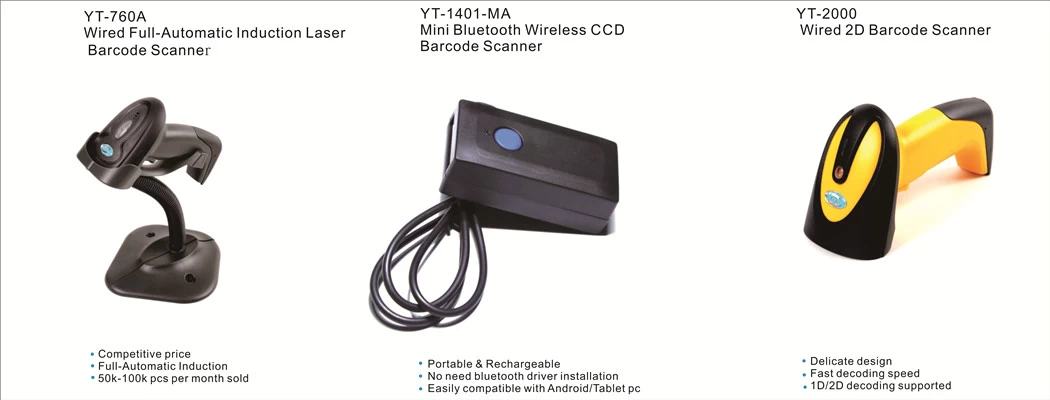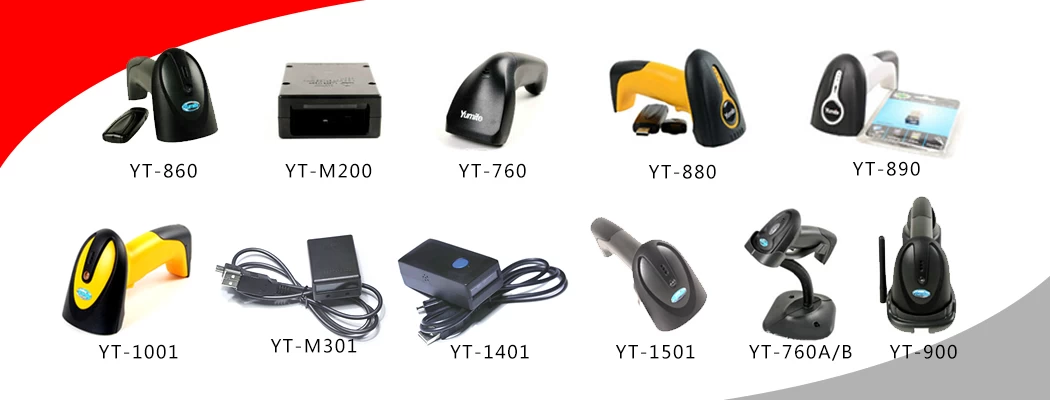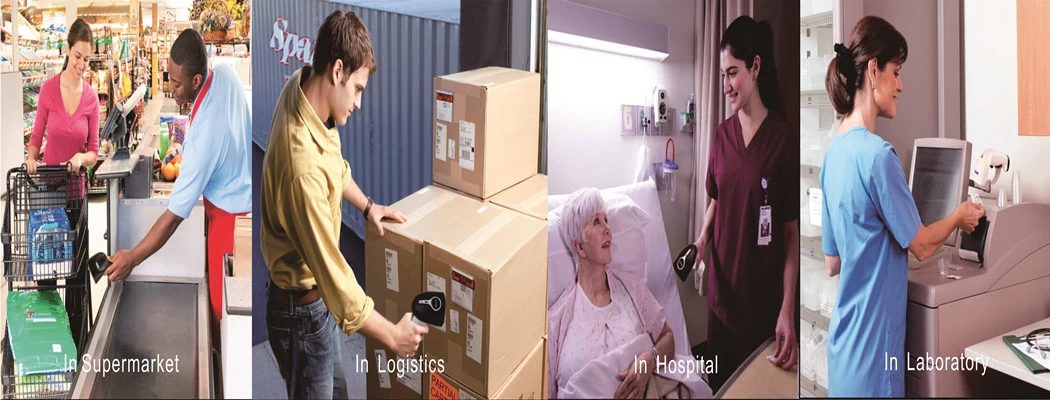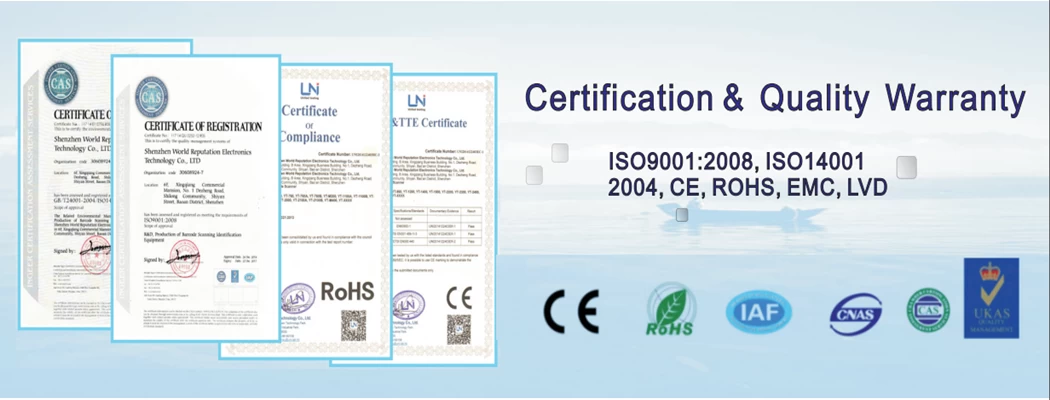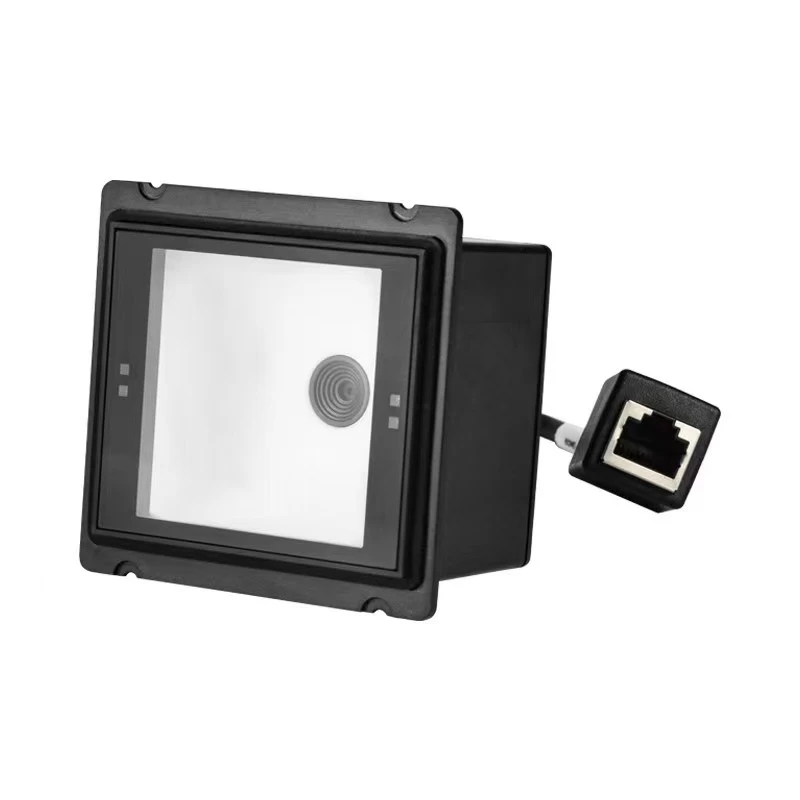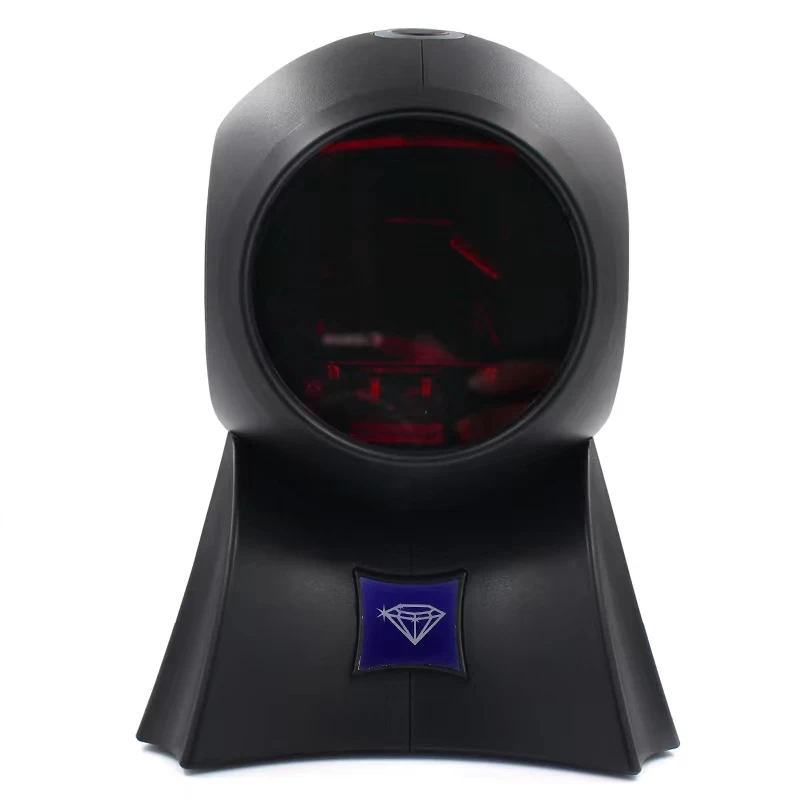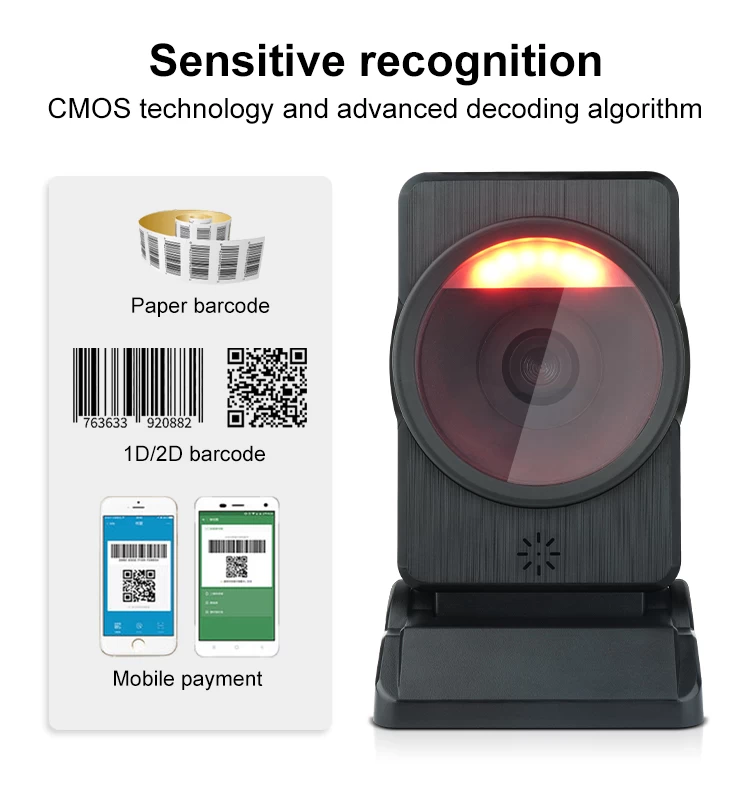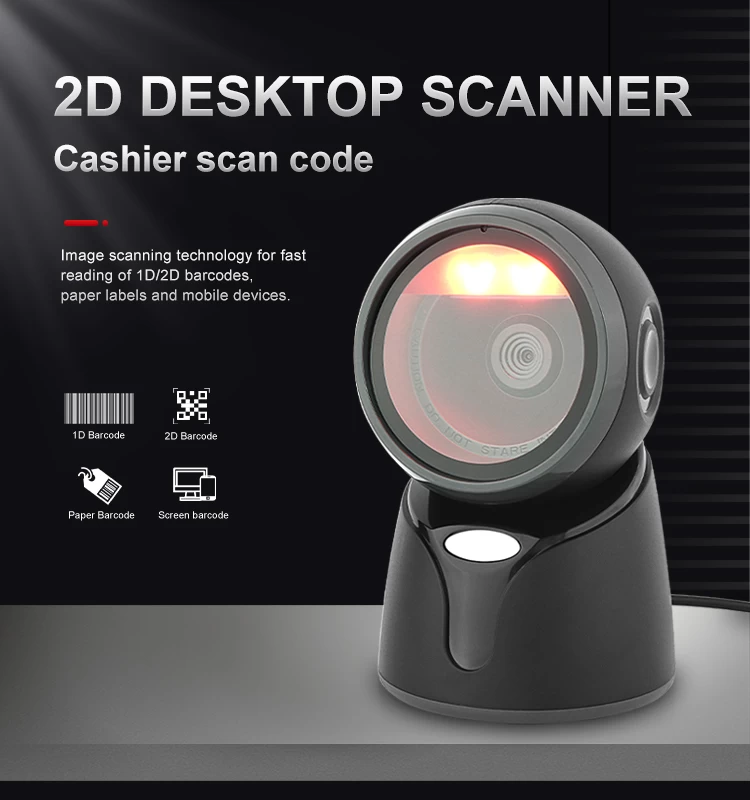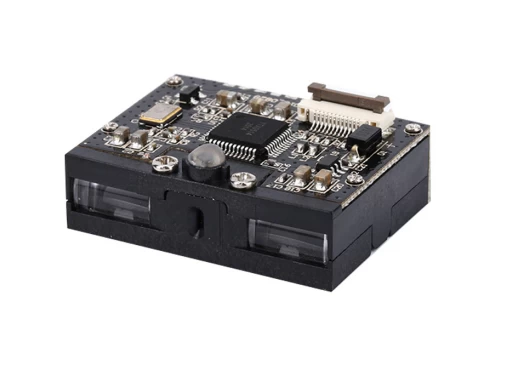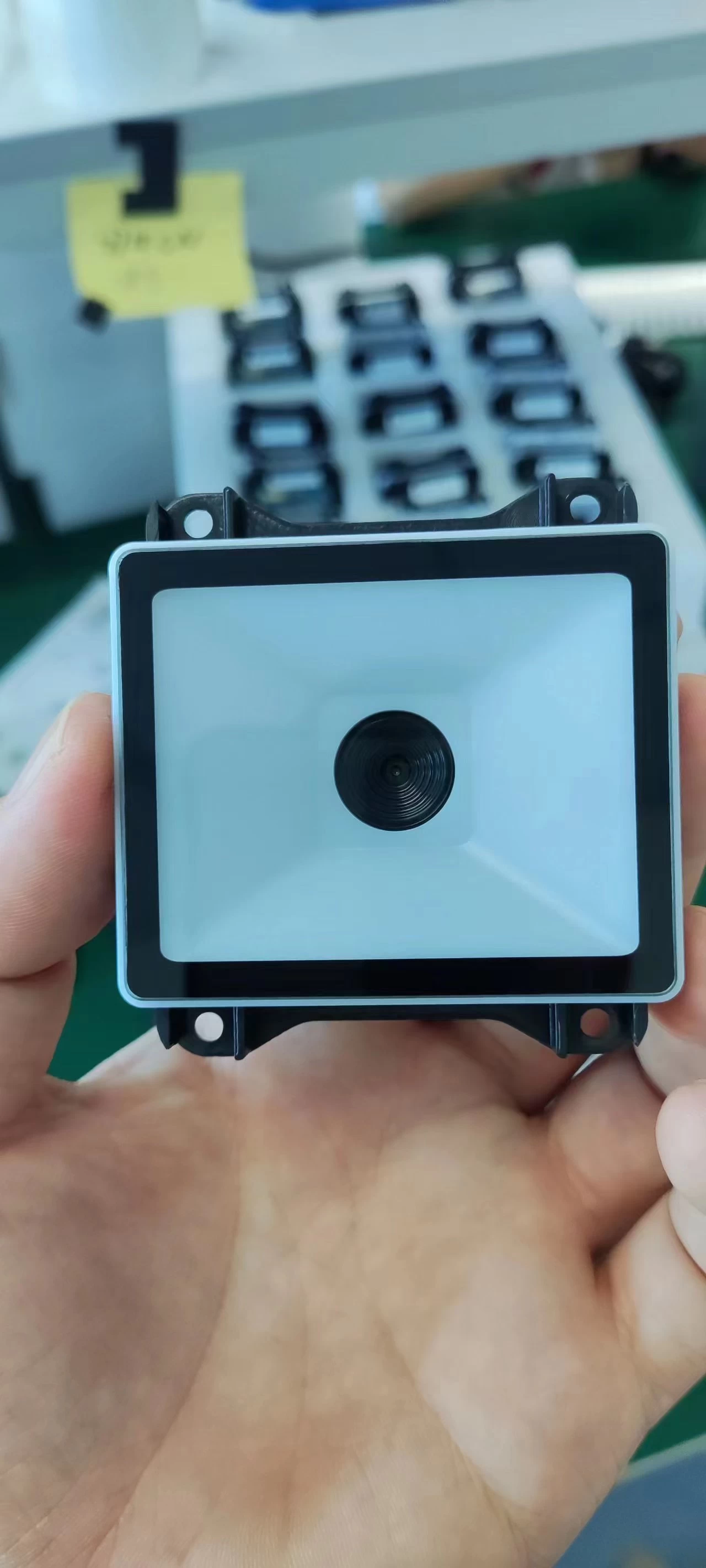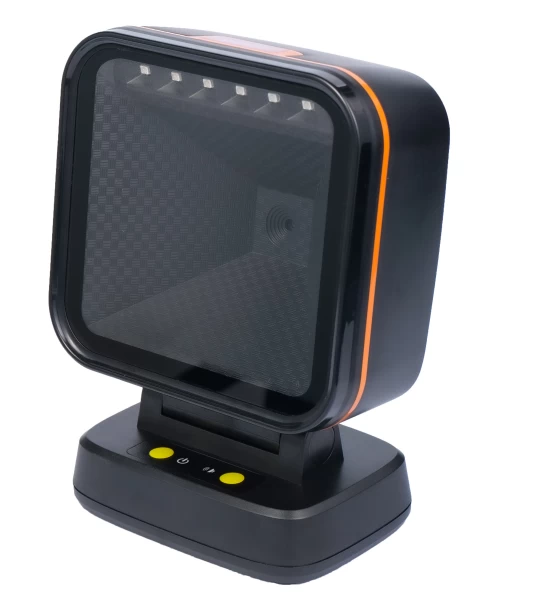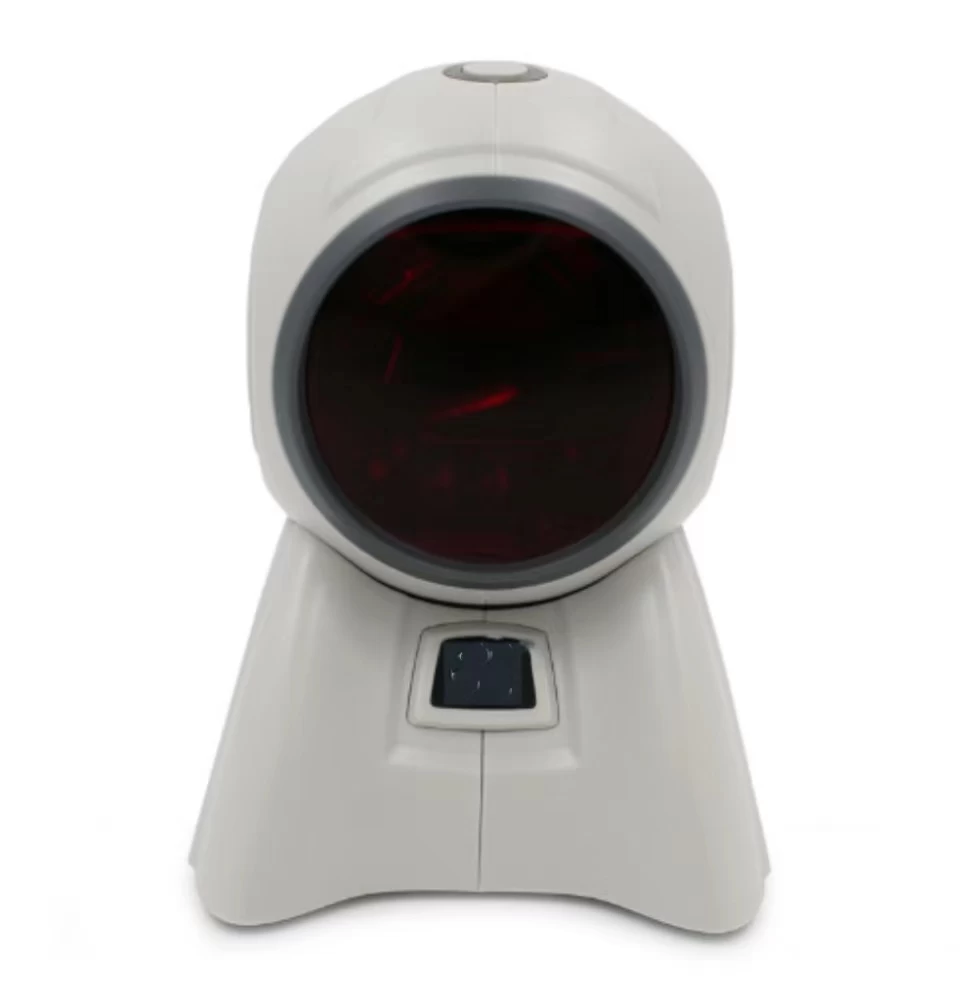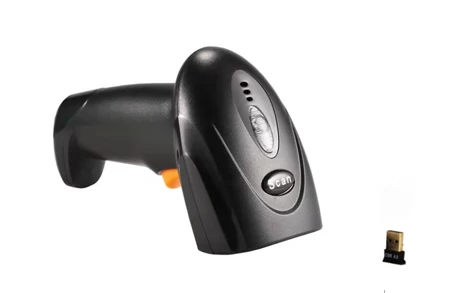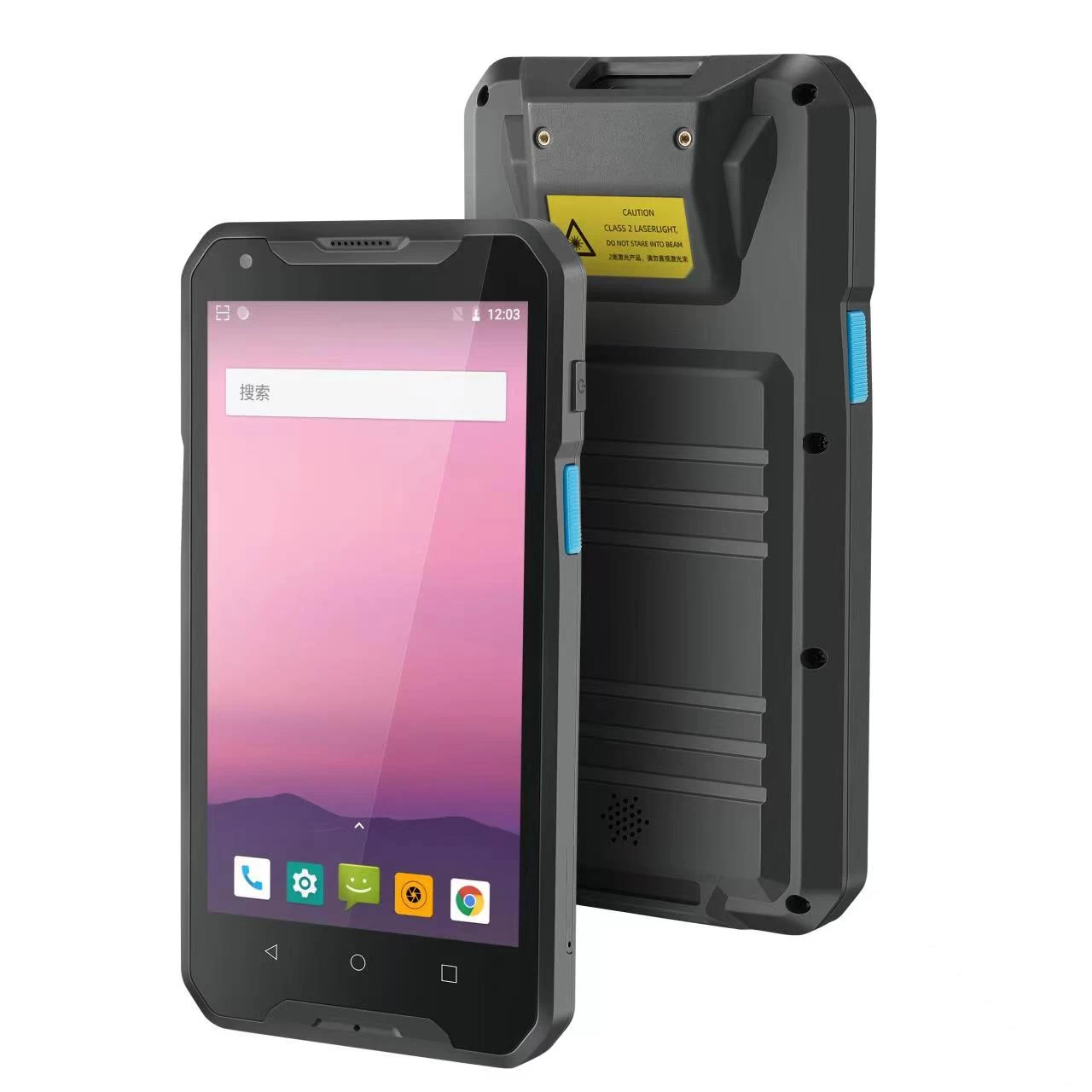Interfacing a Barcode Reader to a PC
Ben
Yumite
2016-10-17 15:14:31
All application programs support barcode reading as long as you have the right equipment. Barcode readers are available with two types of output - either "keyboard wedge" output or RS232 output. The barcode readers with keyboard wedge output plug directly into the keyboard port on your PC and they also provide a pigtail connector so that you can plug in your keyboard at the same time. When you scan a barcode with the keyboard wedge barcode reader, the data goes into the computer just as if it were typed in on the keyboard. This makes it extremely easy to interface the barcode reader to any application that is written to accept keyboard data.
The keyboard wedge interface is extremely simple however it has a few drawbacks. If you swipe a barcode, the cursor has to be in the correct input field in the correct application otherwise you end up reading barcode data into whatever application has the focus. This can cause all sorts of potential problems as you can imagine. The keyboard output also is limited in that you cannot modify the data in any way before sending it into the program that is to receive the data. For example, if you needed to parse a barcode message into multiple pieces or remove some of a barcode message or add in a date or time stamp you would not be able to with a normal keyboard wedge reader.
The other possible output option is to get a barcode reader with an RS232 or "Serial" interface. With these types of barcode readers, you connect the reader to an available serial port on the back of your PC. You would then need a program called a "Software Wedge" to take the data from the barcode reader and feed it to the application where you want the data to go. The disadvantage to this approach is that it is a little more complex however you gain much more control over how and where your data ends up when you read a barcode.
Our WinWedge product line is designed just for this purpose. WinWedge is an executable program that can pass serial data back and forth to other programs using either DDE (Dynamic Data Exchange) or by converting incoming serial data to keystrokes (i.e. it stuffs the keyboard buffer with the incoming serial data). With WinWedge, you can control exactly where the data goes in the target application and you can also perform all sorts of modifications on the data before it is sent to the application including parsing or translating the data as well as adding additional keystrokes or date and time stamps to the data.
WinWedge is extremely easy to use and is designed to have you up and running sending and receiving serial data directly from within your application in just a few minutes. Because WinWedge can pass data using DDE, you can set your application up to insure that the barcode data always goes where it is supposed to go and you can also have your application running in the background and still accept barcode input while you run some other program in the foreground. WinWedge is without question the most robust way to interface a barcode reader to a PC with the least amount of effort.
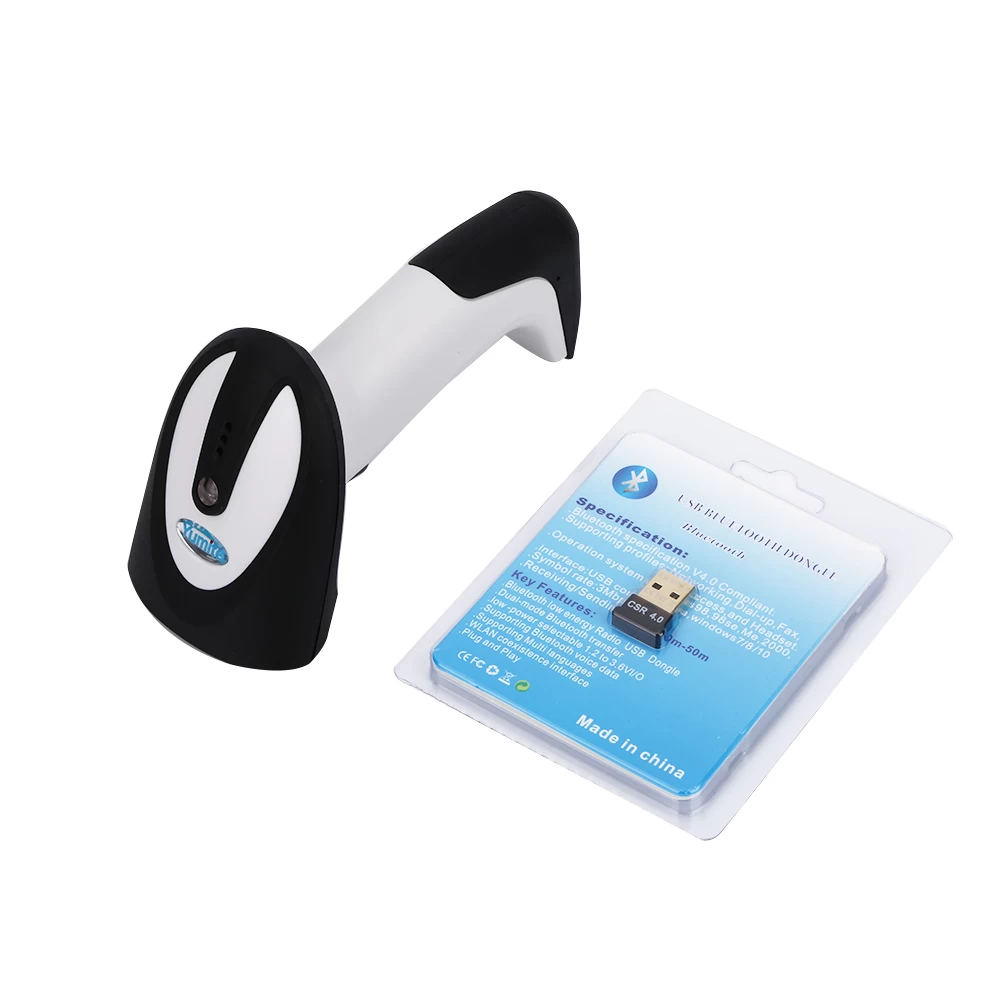
The keyboard wedge interface is extremely simple however it has a few drawbacks. If you swipe a barcode, the cursor has to be in the correct input field in the correct application otherwise you end up reading barcode data into whatever application has the focus. This can cause all sorts of potential problems as you can imagine. The keyboard output also is limited in that you cannot modify the data in any way before sending it into the program that is to receive the data. For example, if you needed to parse a barcode message into multiple pieces or remove some of a barcode message or add in a date or time stamp you would not be able to with a normal keyboard wedge reader.
The other possible output option is to get a barcode reader with an RS232 or "Serial" interface. With these types of barcode readers, you connect the reader to an available serial port on the back of your PC. You would then need a program called a "Software Wedge" to take the data from the barcode reader and feed it to the application where you want the data to go. The disadvantage to this approach is that it is a little more complex however you gain much more control over how and where your data ends up when you read a barcode.
Our WinWedge product line is designed just for this purpose. WinWedge is an executable program that can pass serial data back and forth to other programs using either DDE (Dynamic Data Exchange) or by converting incoming serial data to keystrokes (i.e. it stuffs the keyboard buffer with the incoming serial data). With WinWedge, you can control exactly where the data goes in the target application and you can also perform all sorts of modifications on the data before it is sent to the application including parsing or translating the data as well as adding additional keystrokes or date and time stamps to the data.
WinWedge is extremely easy to use and is designed to have you up and running sending and receiving serial data directly from within your application in just a few minutes. Because WinWedge can pass data using DDE, you can set your application up to insure that the barcode data always goes where it is supposed to go and you can also have your application running in the background and still accept barcode input while you run some other program in the foreground. WinWedge is without question the most robust way to interface a barcode reader to a PC with the least amount of effort.


